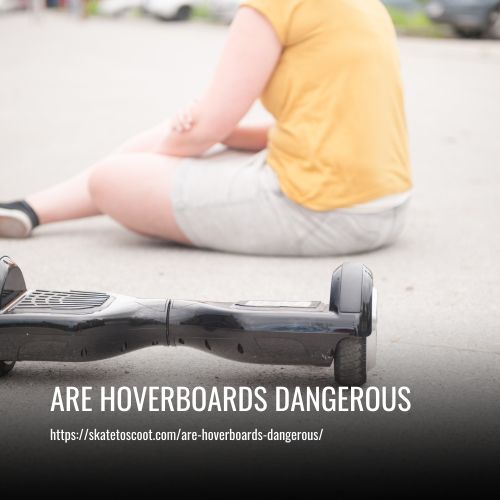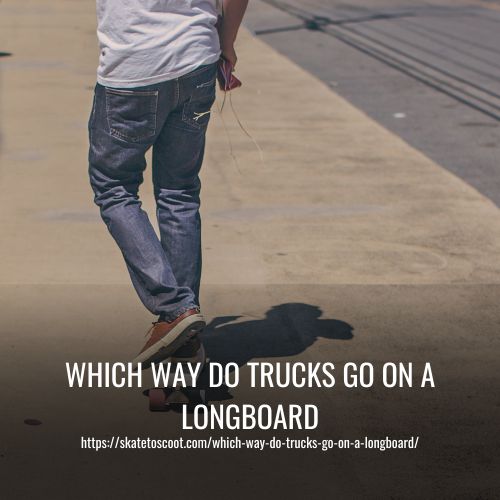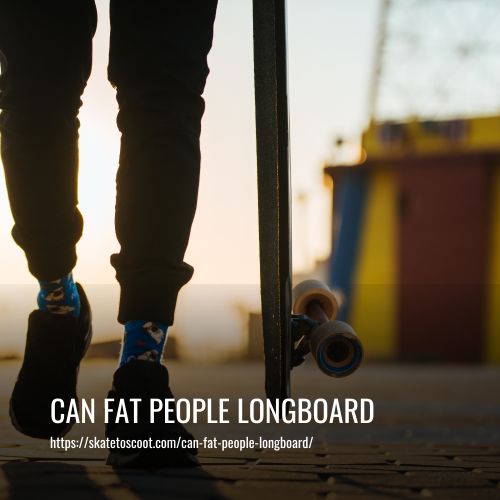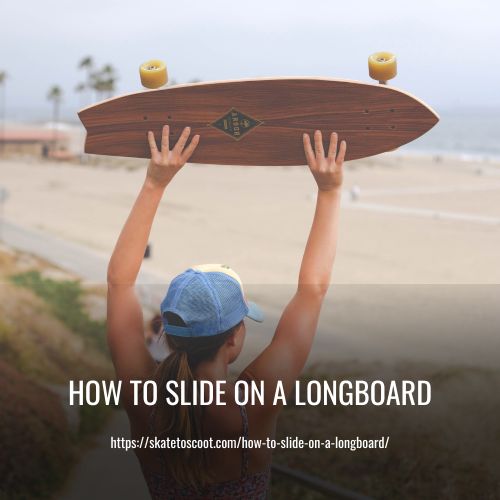As an Amazon Associate we earn from qualifying purchases.
Hoverboards gained popularity in 2015 and were initially seen as a fun and convenient mode of transportation. However, concerns about their safety soon arose. The lack of quality control and safety inspections by some manufacturers led to potential dangers associated with hoverboards. There were reports of motorized boards overheating and catching fire, resulting in severe burns. The Consumer Product Safety Commission has documented around 300 such incidents to date.
While newer hoverboard models have reduced the risk of fires, there are still inherent dangers to consider, even with the latest models. Balancing on a hoverboard can be challenging, leading to a high number of injuries from falls. To minimize these risks, it is crucial to ensure that hoverboards comply with the UL 2272 safety standard and that users, especially children, practice proper safety measures when riding them.

The Danger of Hoverboards
Hoverboards may seem like a fun way to get around, but they can also be incredibly dangerous. One major issue is the risk of battery malfunctions, which can lead to fires and serious injuries. Most hoverboards use lithium-ion batteries, which contain liquid electrolytes that can explode if they overheat. This can happen when the batteries are overcharged or used for too long, causing them to overheat and catch fire.
Charging and using hoverboards have both resulted in serious injuries and several retailers have voluntarily stopped selling them due to safety concerns. To improve safety, the United States Consumer Product Safety Commission (CPSC) has mandated that all hoverboards sold in the US must be UL-certified. Without certification, hoverboards “pose an unreasonable risk of fire to consumers.” Additionally, falls from hoverboards can also cause serious injuries, such as facial injuries and broken bones, and even lead to costly lawsuits.
Users must understand these risks and take proper precautions to stay safe. Always ensure hoverboards have proper certification and don’t charge them for longer than necessary. Wear protective gear such as elbow pads and helmets while using them and avoid using them in areas with stationary barriers or unpredictable terrain. By being informed and cautious, users can help prevent the dangerous consequences associated with hoverboards.
If You Have Been Hurt By A Hoverboard
If you have been injured by using a hoverboard, you may have a case against the manufacturer. Even if you haven’t experienced any issues with your hoverboard, it is still possible for the battery to overheat and explode, causing serious injuries or damage to your property.
At Law Offices of Larry H. Parker, we specialize in handling personal injury and defective product lawsuits, including those related to hoverboard injuries. Our experienced attorneys offer free initial consultations to assess your case and determine the best course of action. We work on a contingency fee basis, meaning we do not charge any upfront fees and only collect payment if we successfully recover compensation for you.
A Look at Hoverboard Injury Statistics
Hoverboard injuries have become a cause for concern among parents and regulatory authorities. According to the American Academy of Pediatrics study, from 2015 to 2016, around 26,854 children had to go to the emergency room with hoverboard-related injuries. Boys made up the majority of the children seen, accounting for 52% of all cases.
The average age of the injured child was 11 years. The most common injuries occurred in the wrists, forearms, and heads. Among the injuries, fractures were the most frequent at 40%, followed by bruises at 17% and strains/sprains at 13%.
It’s essential to note that the number of injuries caused by hoverboards may seem alarming, but compared to other wheeled toys, hoverboards are no different in the severity of injuries they can cause. Skateboard-related injuries during the same two-year period were at 121,400 cases. Nonetheless, users should take precautions that can help minimize risks of falls and fractures such as wearing protective gear and adhering to weight limits.
Safety with Hoverboards and Other Wheeled Toys
Hoverboards and other wheeled toys can be dangerous, especially for children. To ensure safety while using these toys, pediatric emergency medicine physician Jerri Rose, MD recommends a few important safety tips. First, it is crucial that children wear protective gear, including helmets and wrist guards. Parents must set a strict “no helmet, no riding” policy. Additionally, children should not be allowed to ride in or near traffic and should be enrolled in appropriate lessons to learn how to fall properly.
Moreover, it is important to comply with manufacturer directions, including any age or weight restrictions. Motorized toys that overheat should not be used, and only the charging cord that came with the product should be used. It is also important to keep the wheeled device free of debris and make sure that it is not worn out.
If an accident occurs while using a wheeled toy, and the child experiences loss of consciousness, change in behavior, seizure activity, severe headache, vomiting, or swelling over the head, medical attention should promptly be sought.
Rest, ice, compression, elevation, and over-the-counter analgesics like ibuprofen can usually treat wrist and ankle sprains. If there is severe pain or swelling after a fall, or if the pain is not improving, it is recommended that a doctor be consulted immediately.
FAQs
Hoverboards can be dangerous if not properly used and maintained. It is important to follow manufacturer instructions, wear proper safety gear, and ensure that the hoverboard is free of debris and not worn out. Hoverboards that have not been tested and certified to meet safety standards should be avoided.
It is recommended to wear a helmet, knee, and elbow pads, and wrist guards when riding a hoverboard. Proper footwear with a non-slip sole is also important.
Children under the age of 12 should not ride hoverboards. Always supervise children when they are using wheeled devices and make sure they wear appropriate safety gear.
The maximum weight limit for a hoverboard varies by model and manufacturer. Always check the weight limit before using a hoverboard and never exceed it.
It is recommended to avoid steep hills and inclines when riding a hoverboard. Most hoverboards are designed for use on flat surfaces or with slight inclines. Always check the manufacturer’s instructions for recommended use.
Conclusion:
Hoverboards can be dangerous if not used properly or if they do not meet safety standards. It is important to always follow manufacturer instructions and wear appropriate safety gear such as helmets, knee and elbow pads, and wrist guards. Children under the age of 12 should not ride hoverboards and always check the weight limit before using one.
By reading this article, you now have a better understanding of the potential dangers associated with riding hoverboards and what precautions to take to minimize those risks. Remember, safety should always be a top priority and it is crucial to take necessary measures to ensure your hoverboard riding experience is both fun and safe.
Amazon and the Amazon logo are trademarks of Amazon.com, Inc, or its affiliates.



